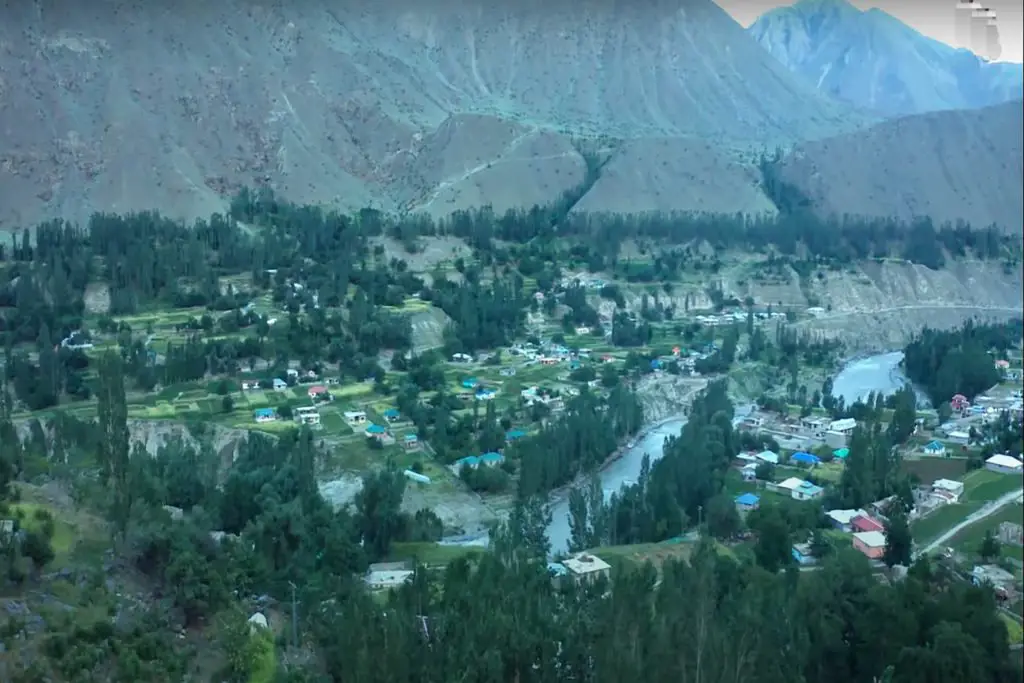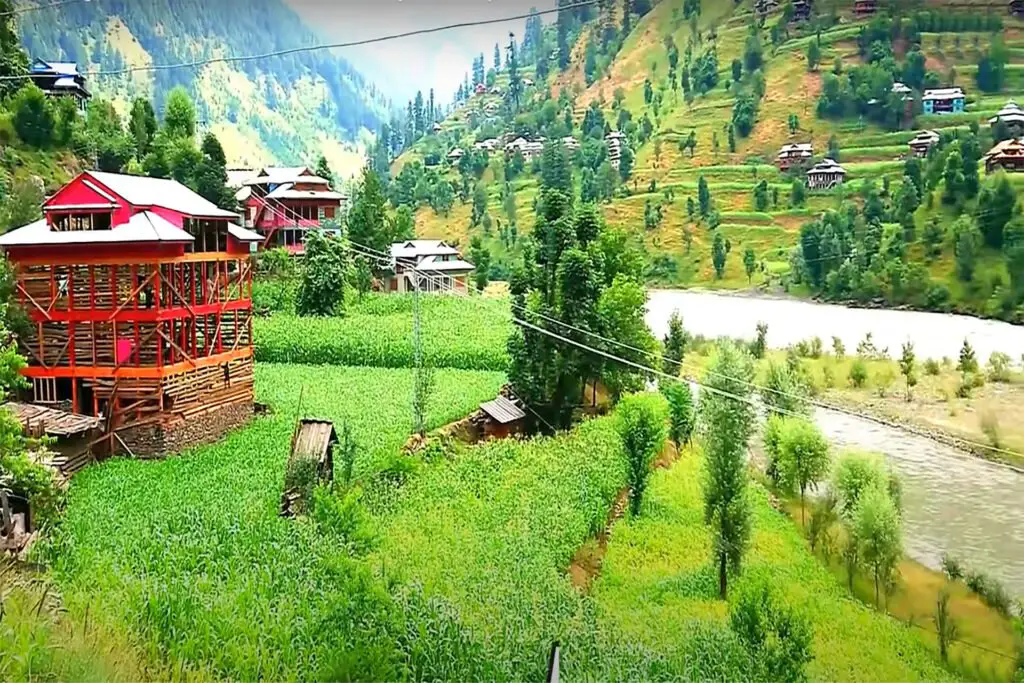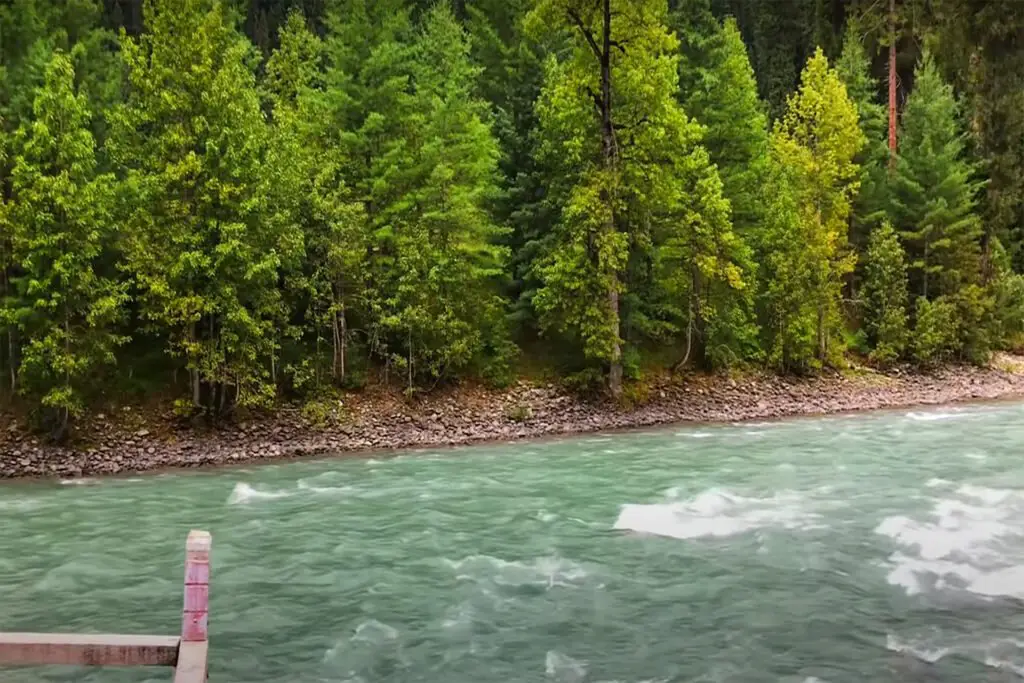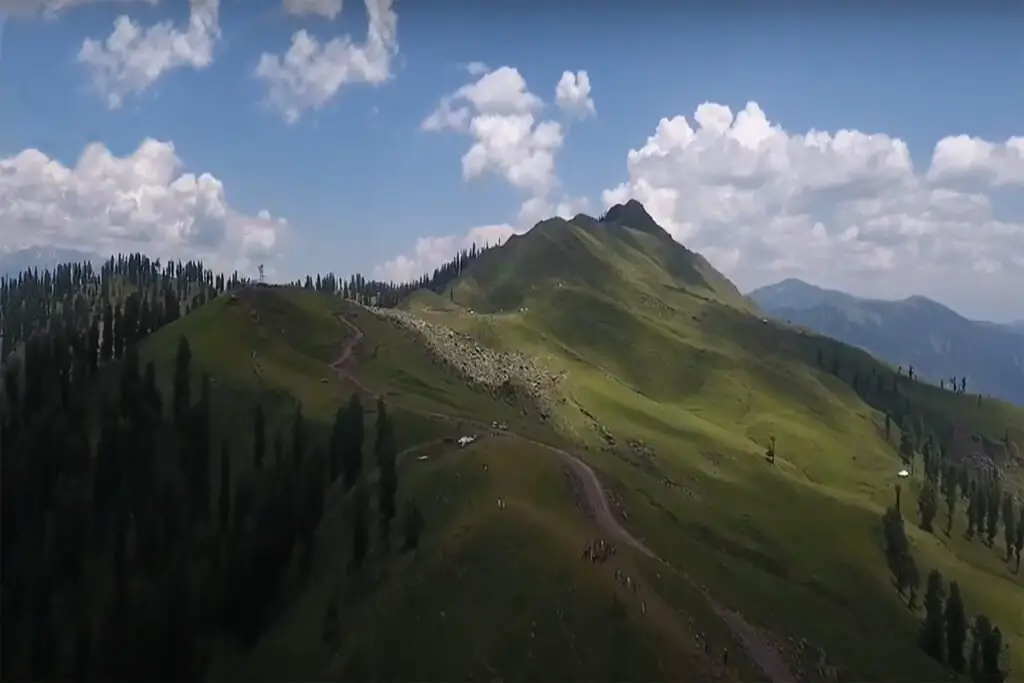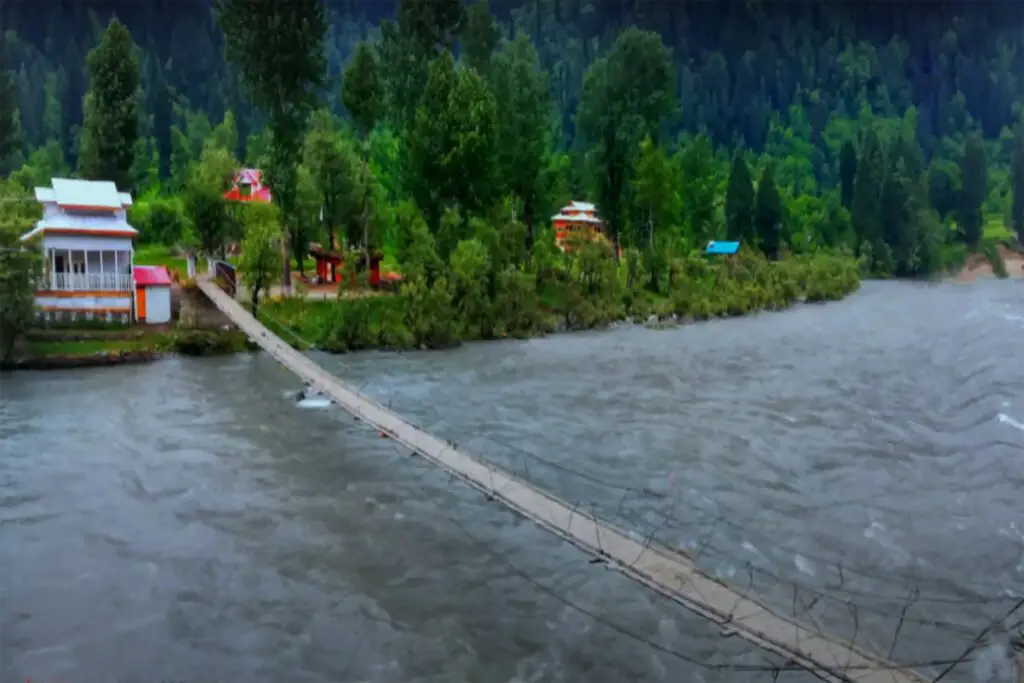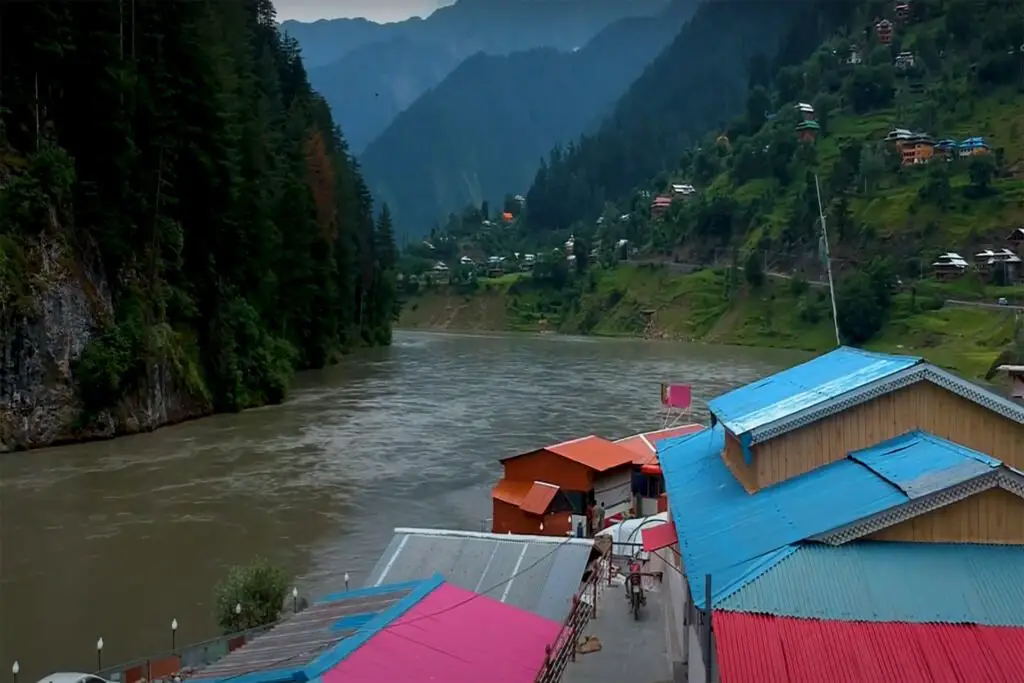Location of Astor Valley Gilgit
Astore Valley Gilgit is located at an altitude of 6,000 feet [2600 m], and is a wonderful place to visit while traveling in beautiful Pakistan. The total area of 5,000 km², spread over more than 120 km makes it difficult for tourists to explore the whole village with just one tour.
Beauty Of Astore Valley
A piece of natural beauty marked by a variety of places, numerous hiking trails, and ever-changing landscapes, the Astore Valley extends to the eastern shores of Nanga Parbat and southeast of Gilgit. The valley has a rich cultural and historical heritage apart from being the main access point to the many tourist attractions around the Skardu Valley in the Gilgit-Baltistan region.
Astore Valley Road
Astore Road is a 115-mile [115 km] steel road leading to the mountainous city of Astore, the capital of the Astore region in Gilgit Baltistan. The road ends at Burzil Pass.
Astore Valley Gilgit Weather
Astore Valley Gilgit climate average summer; neither hot nor cold. However, in winter winters of up to 4-6 degrees Celsius cause temperatures to plummet. Most of the valley is snowy from October to April.
The whole valley is dotted with desert plateaus, which form sharp, rocky mountains on both sides, which turn out to be fertile green meadows at short distances.
The mighty Nanga Parbat coincides with the rear world at all times as you cross the Astore Valley. Following the Astore River, a valley with many alpine trails takes you to the vast glaciers that show the wild side and the savagery of the valley.
Strong climates and amazing landscapes give great value to this valley, making it the home of the most expensive medicinal plants.
Approach to Astor Valley Gilgit Baltistan
There are two ways to approach the Astore Valley; from Skardu via the Deosai Plain is a 7-8 hour trek covering a distance of 152 km, one straight from the Karakoram Highway to the Astore Valley Gilgit. The distance from Islamabad is 494 km, an 11.5-hour drive along the Indus River, and the distance from Raikot Bridge to Astore is 55 km, a 1.5-hour drive.
Astore is accessible from Gilgit via Jaglot and Jeep, a 4-5 hours drive covering 120 Km. You can only reach the valley by four-wheel-drive vehicles.
The Skardu-Deosai route remains closed from November to June due to heavy snowfall and landslides. Since most of the valley is located in remote villages, mobile phones are the only means of communication with the outside world in recent months.
Places to Visit in Astore Valley Gilgit
The Astore is a center of access to many tourist attractions, surrounded by Diamer on the west, Gilgit on the north, Skardu on the east, and the Neelum region on the south. Aside from the scenic and confusing landscape of Astore Valley itself, Astore is a central point of access to many natural attractions especially in the Skardu region.
The size of this valley includes incomparable gems such as Deosai Plains, Rama Lake, and Rupal Valley in the surrounding area. Astore Town is famous for its diverse natural beauty and access to some of the world’s most spectacular views.
Rama Meadows followed by Rama Lake are located 10-11K from Astore. Rama Valley is higher than the Astore and jeeps take more than an hour to reach Rama Meadows and Rama Lake.
On this historic route, Dar Lay Lake, a 5-6-hour drive is the most spectacular.
History of Astore Valley Gilgit
The Astore Valley Gilgit exhibits the historical splendor of the Gilgit Baltistan region of Pakistan. For centuries, Gibians have used Astore Road to maintain trade relations with Kashmir in trade and commerce. People used to go to Srinagar for educational and commercial purposes, especially to import Kashmiri textiles.
Over the generations, people from all over the region made many journeys through the Astore Valley Gilgit. The visit contributed to the linguistic and cultural diversity of the valley. It also played a key role in the massacre of Sunni Muslims who are part of the Wahhabi sect in Astore. In contrast, all other parts of the Gilgit Baltistan region have only Shia Muslims forming a community.
According to the Imperial Gazetteer of India, “about the 1600s, Ghāzī Mukhpun, a Persian pilgrim, is said to have married a princess of the Skārdu dynasty.
The four sons born to the union were Rās of Skārdu, Astore, Rondu, and Kharmang. From them came the families of the kings who were in those places. Afzal, Guada, and Kilma were the sons of Astor. They lived in Juttay, Ganda gam (Arzalabad), Gudai (Guadabad), and Chilm (Chilmabad) respectively ”.
The cultural background and history of this valley are fascinating, but indeed this valley has much to offer. Astore Valley has nearly 100 homes with a population of 70,000.
The remoteness of the village prevented the settlement of these residents; however, the people of the Astore Valley Gilgit are very hospitable.
If you want to connect with local people at a deeper level, Astore is the best place to visit in the Gilgit Baltistan region. As you travel you will find that the villagers are simple people. They are able to live a life of self-sufficiency and their hospitality is beyond limits.
Hotels in Astore Valley Gilgit
There are no hotels in the district except for very small Astore Valley facilities. However, if you intend to stay, meeting the locals may give you a gift or an invitation to stay in their home. At least you will be given “Tumoro”, the most widely used herbal tea at Astore.

